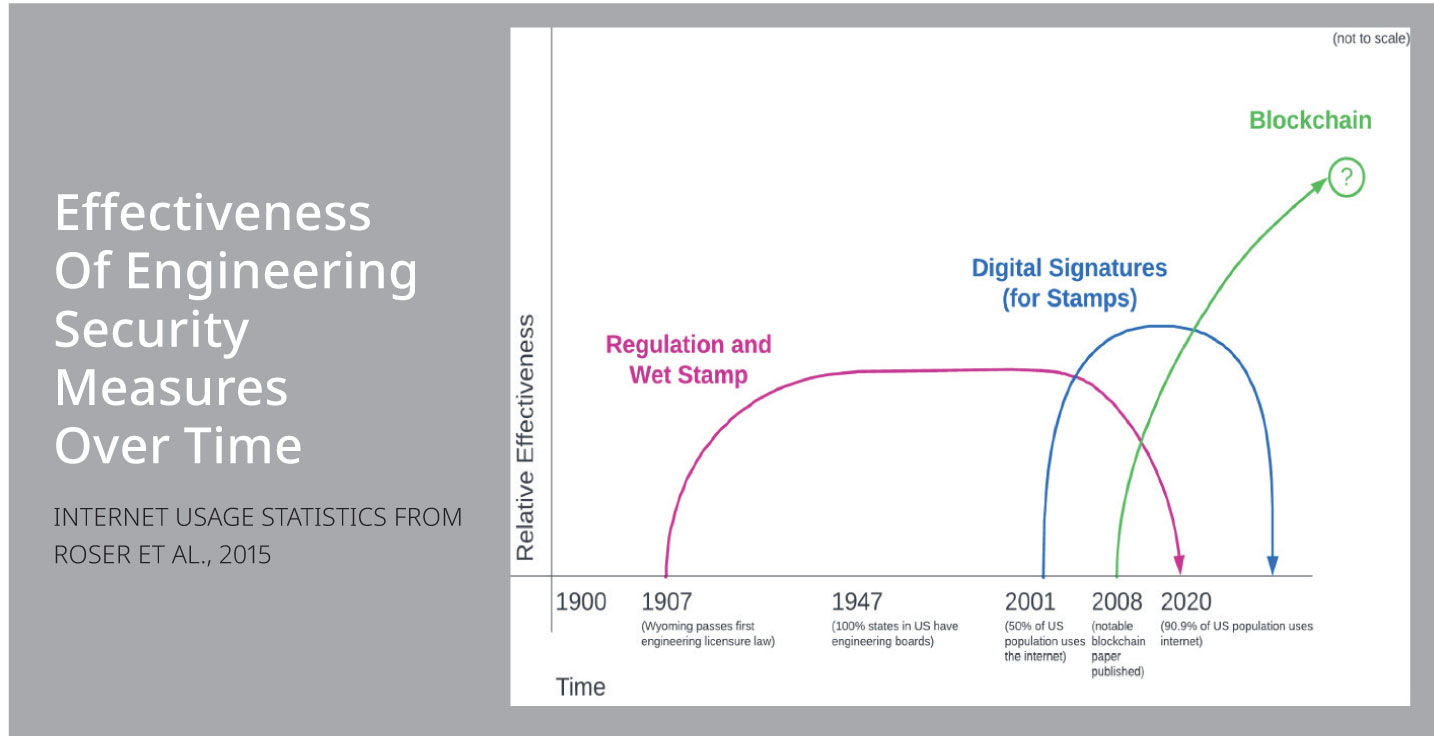October 2014
COMMUNITIES: CONSTRUCTION
Soil-Based Bridge Support Technology Gaining Ground
Local governments and departments of transportation across the country are steadily adopting a new form of bridge support technology with the potential to significantly reduce construction time and costs.
Geosynthetic Reinforced Soil Integrated Bridge System (GRS-IBS) technology uses alternating layers of compacted granular fill material and fabric sheets of geotextile reinforcement to form bridge substructures. “Traditionally, we put bridges on deep foundations, such as piles or drill shafts,” says NSPE member Daniel Alzamora, P.E., senior geotechnical engineer for the Federal Highway Administration Resource Center. “With this technology we’re getting rid of those deep foundation elements and we’re getting rid of some of the other elements that go along with that.”
The simplified, low-tech approach of GRS-IBS results in reduced construction time and reduced labor costs. Labor costs are also further reduced because there’s no need for highly skilled labor, and the use of inexpensive, common resources reduces materials costs as well.
Alzamora says he has seen cost savings from 25%–60%.
In most cases, the reduction in construction time is also drastic. In Defiance County, Ohio, a GRS-IBS bridge abutment was built in just three days. Using conventional methods, the same abutment would have required two to three weeks, according to FHWA.
Huston Township in Pennsylvania experienced a similarly drastic reduction in construction time using GRS-IBS, even though it was the municipality’s first experience with the technology, says G. Randy Albert, P.E., District 2 municipal services supervisor for the Pennsylvania Department of Transportation.
The entire project took just 35 days from the first day of excavation to the opening of the new bridge. Albert estimates it would have taken 60 to 90 days using a conventional bridge support method, and he estimates the project cost savings at 50%.
Additional benefits of GRS-IBS technology include reduced environmental impact and shorter travel disruptions. It also eliminates the trademark bump when a vehicle crosses on to and off of the bridge superstructure.
In 2010, only 20 bridges in the country took advantage of GRS-IBS technology, and all of them were located in New York and Ohio. Today there are 165 bridges using the technology spread across 40 states, according to FHWA.
“We actually started in 2011,” Albert says of Pennsylvania. “It’s kind of mushroomed since then, and it’s starting to take wing, take hold. We’ve constructed five to date in Pennsylvania [and] there are six more that are under construction at this point.”
“Looking at it externally, you’re essentially looking at a shallow foundation design, and we’ve been doing shallow foundations on bridges for a very long time,” Alzamora says. “So all of that standard design for bearing capacity settlements, sliding, overturning, all of that traditional design is the same. Internally you have a few different equations that you need to resolve for, but the process is similar to other types of standing structures that you would have to design for.”


 Volunteering at NSPE is a great opportunity to grow your professional network and connect with other leaders in the field.
Volunteering at NSPE is a great opportunity to grow your professional network and connect with other leaders in the field. The National Society of Professional Engineers (NSPE) encourages you to explore the resources to cast your vote on election day:
The National Society of Professional Engineers (NSPE) encourages you to explore the resources to cast your vote on election day: SINCE THE TECHNOLOGY WAS FIRST USED IN PENNSYLVANIA’S HUSTON TOWNSHIP IN 2011, FOUR MORE GRS-IBS BRIDGES HAVE BEEN BUILT IN THE STATE AND SIX MORE ARE UNDER CONSTRUCTION. THIS GRS-IBS BRIDGE WAS BUILT BY THE PENNSYLVANIA DEPARTMENT OF TRANSPORTATION IN 2013 ON STATE ROAD 2063.
SINCE THE TECHNOLOGY WAS FIRST USED IN PENNSYLVANIA’S HUSTON TOWNSHIP IN 2011, FOUR MORE GRS-IBS BRIDGES HAVE BEEN BUILT IN THE STATE AND SIX MORE ARE UNDER CONSTRUCTION. THIS GRS-IBS BRIDGE WAS BUILT BY THE PENNSYLVANIA DEPARTMENT OF TRANSPORTATION IN 2013 ON STATE ROAD 2063.


